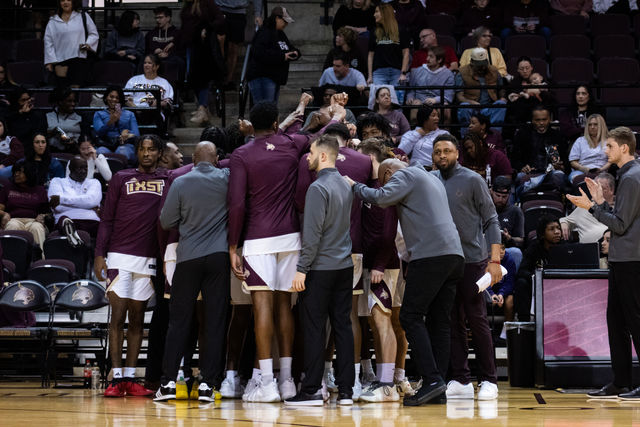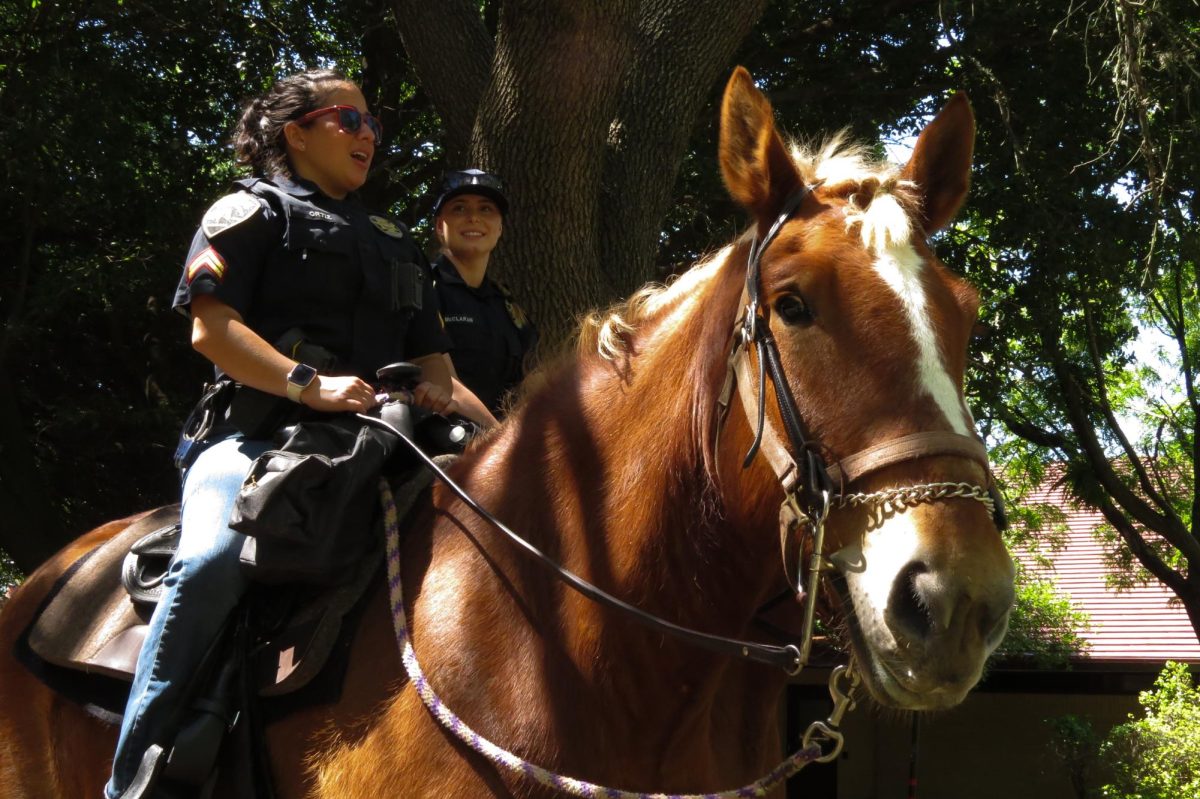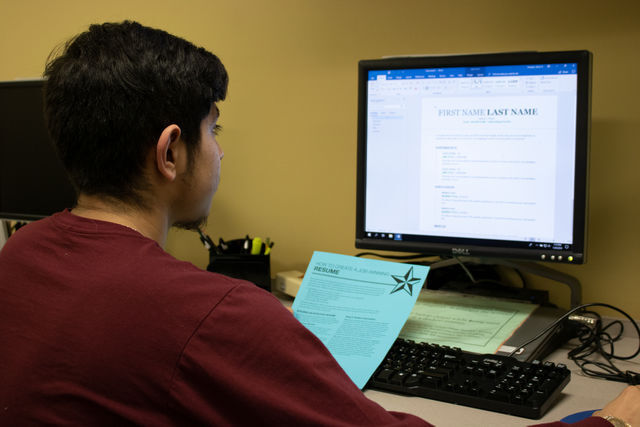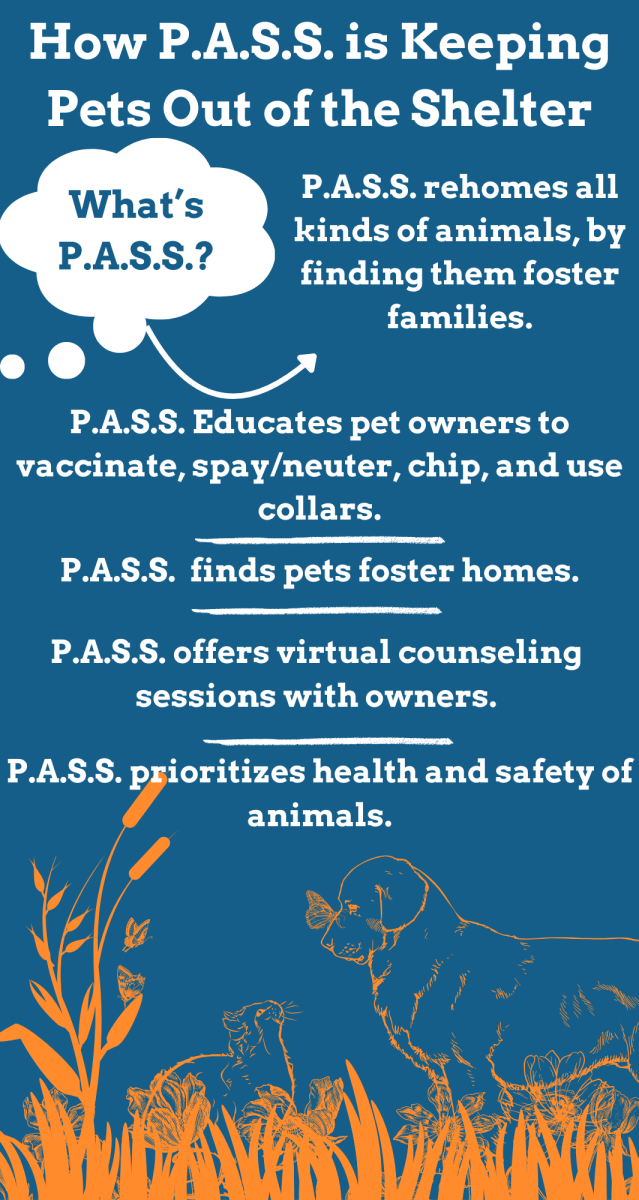The first step to getting a job is building a solid resume. The pressure of creating the perfect showcase of knowledge and experience can be overwhelming for any job applicant, but there are various tips that will set Bobcats up for success in landing their dream job.
1. Tailor the resume
One of the most important things for students to remember is that a single version of a resume will not translate positively to every job application.
Madison Tabersmith, career advisor, said it is a good idea to have a long, detailed document that lays out all of the applicant’s experience. Then, pull information from that document to craft a resume that is directed to a specific job.
“The biggest point we’ll drive home is that it needs to be tailored, it needs to speak the same language that the employer is speaking,” Tabersmith said.
Recent Texas State graduate Nick Laughlin snatched a prestigious internship with NPR in Washington D.C. immediately after graduating. Laughlin said he credits a tailored resume as part of the reason he was offered an interview and an internship.
“I think that NPR were most interested in how my experience translated to their job posting,” Laughlin said. “Really tailor your application to what they are looking for.”
2. Keep it short
While academic CV’s are meant to be long and exhaustive, resumes are better left short, sweet and filled with only the most relevant information.
“I like to use the term ‘write tight’ when writing a resume because we try to get them down to one page if possible,” Tabersmith said.
Because employers are often looking through a bulk of applications, they don’t always have the time to look through information that is not relevant to the job posting. It is important to only include information that is directly related to the prospective job.
4. Pay attention to the cover letter
With little space to expand on experience, the cover letter becomes extremely useful in introducing new concepts that otherwise wouldn’t fit into a resume.
Tabersmith said it is a great way for applicants to align their values with that of the employer. It is helpful and proactive to do research on the company or organization and see what core values are important to them.
Because cover letters are meant to be extremely job-specific, it is once again vital to tailor it effectively.
Bonus: Build a presence on LinkedIn
On top of building a great physical resume, it’s useful for students to create a presence on LinkedIn to help them connect with possible employers and helpful contacts. LinkedIn is especially helpful in facilitating communication between alumni using Texas State as a common thread to build professional relationships.
“LinkedIn is a great way to start conversations and informational interviews with people,” Tabersmith said.
For more information on how to build a successful resume or to find out more about the resources provided by Career Services, visit their website or find them on the fifth floor of the LBJ Student Center.













